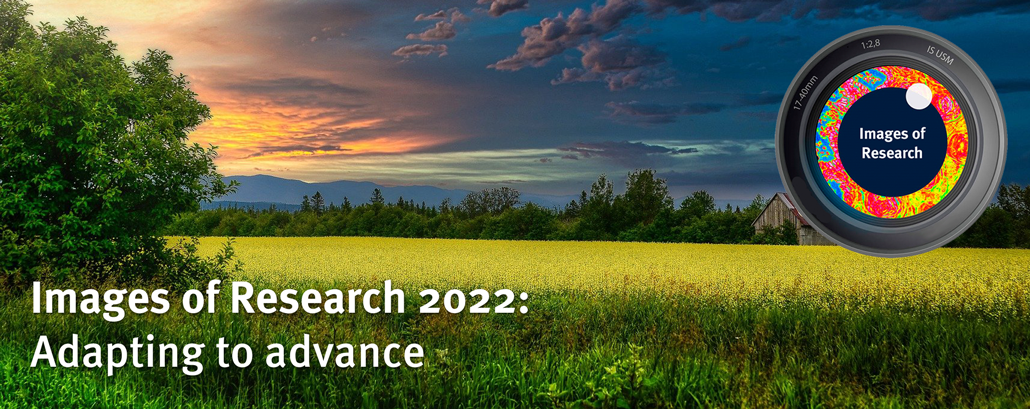Thinking about your printed panel
Entries will be printed at A1 size and should be:
- Full colour or black and white.
- Portrait or landscape with sufficient border around the focal point to allow for text to be placed (see example below).
- The image should not contain added text (see example below).
- High resolution, the file should be a minimum of 300 dpi (dots per inch) at A3 size. If taking a photo, set your camera to high resolution with no image compression. Mobile phone cameras are increasingly default set to low resolution; please check your settings before taking your photograph.
- Either jpg or tiff format (tiff format preferred). No other file formats will be accepted.
- It is not permissible to use images downloaded from the Internet unless you have permission to use them. Only images which have been downloaded from bonafide royalty-free websites, such as Pixabay and Unsplash, may be used.
- If you are submitting a photograph with recognisable people in it (i.e. they could be identified from the photograph), their consent must be obtained. Click here to download the consent form. Completed forms should be emailed to imagesofresearch@strath.ac.uk
Some useful tips to help compose your image:
|
Try to think about your research from your audience’s perspective; they will have little, or perhaps no, prior knowledge of it. Your image needs to be simple but striking, and should compel them to find out more. |
|
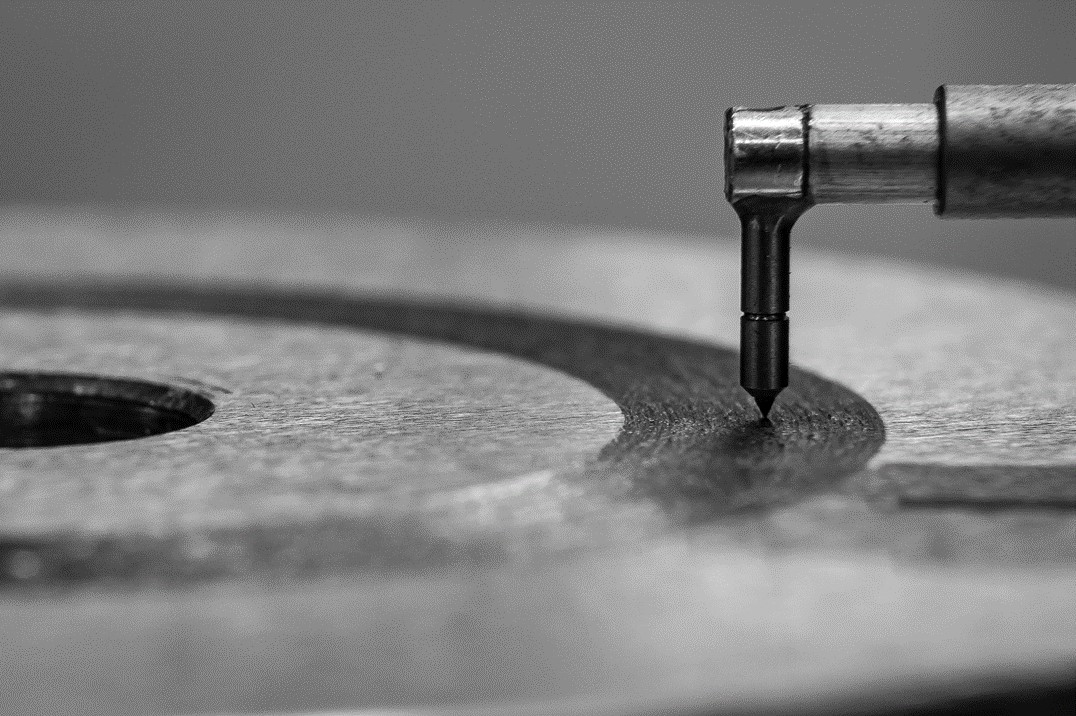 |
Ronnie Woodward - 2019 overall winner Ronnie’s winning entry was popular with both the judges and the public due to its simplicity and uncluttered composition. It is intriguing as it reminds us of a record player yet we can clearly see it is not. |
| Although the competition is called ‘Images of Research’, your image needn’t be of the research itself. If you’re not fortunate enough to undertake research which yields eye-catching microsope images, then try to think laterally. | |
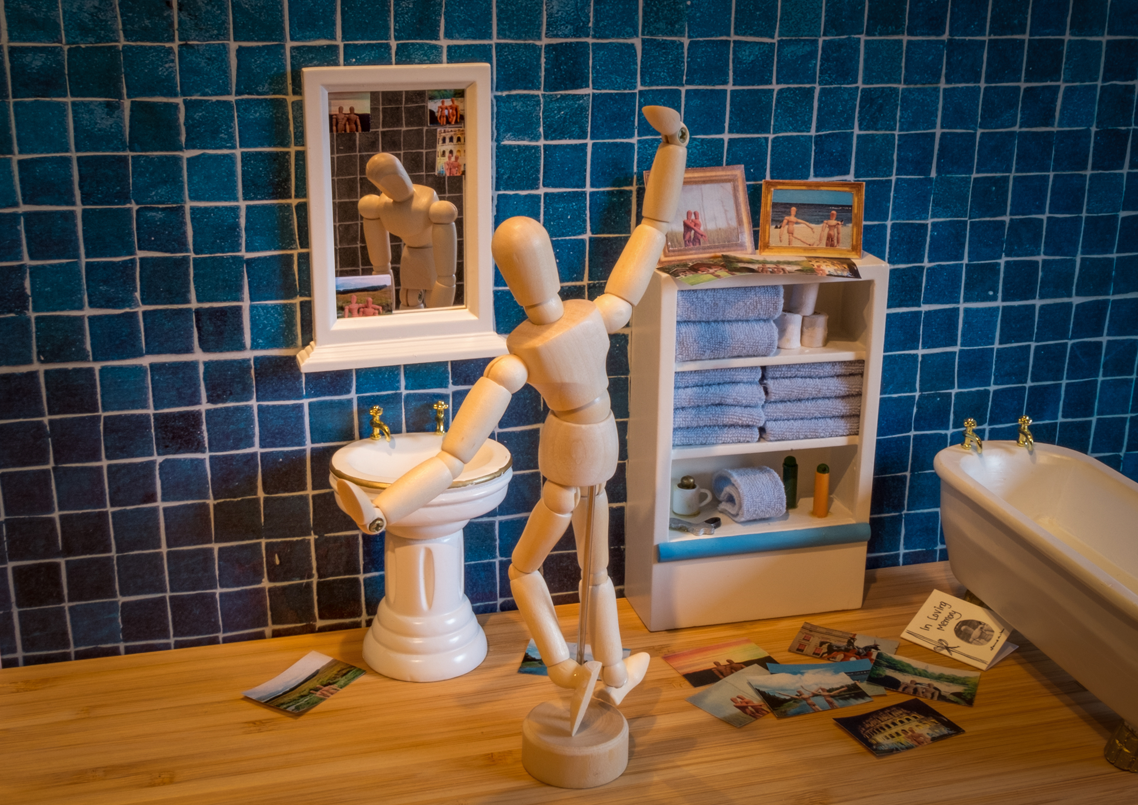 |
Laura del Carpio - 2017 category winner Laura’s entry cleverly conveys a complex and emotive subject. If you are struggling to convey complex research in a creative way, remember the team are on hand to bounce ideas off. |
| Your image should communicate to as wide an audience as possible; what would peak the interest of an eight year-old or an eighty year-old? If at all possible, try to convey the human impact of the research – it may be years away but that’s what the public will identify most readily with. | |
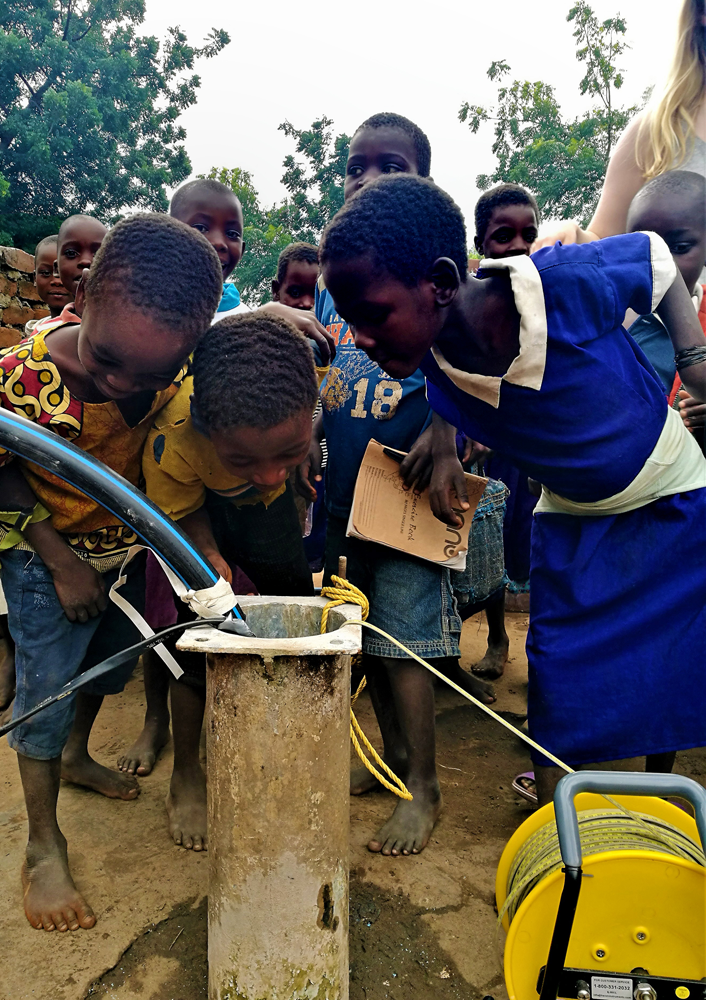 |
Amando Borge - 2018 highly commended Amando’s image captures the joy and intrigue of the children in his research. This in turn resonates with people viewing the image. Remember, if your image contains recognisable people, you must obtain their consent to appear. Click here to download the consent form. |
| Images needn’t be photographs. If you’re a budding artist, a drawing or graphic representation of your research’s intended impact can make a striking image. | |
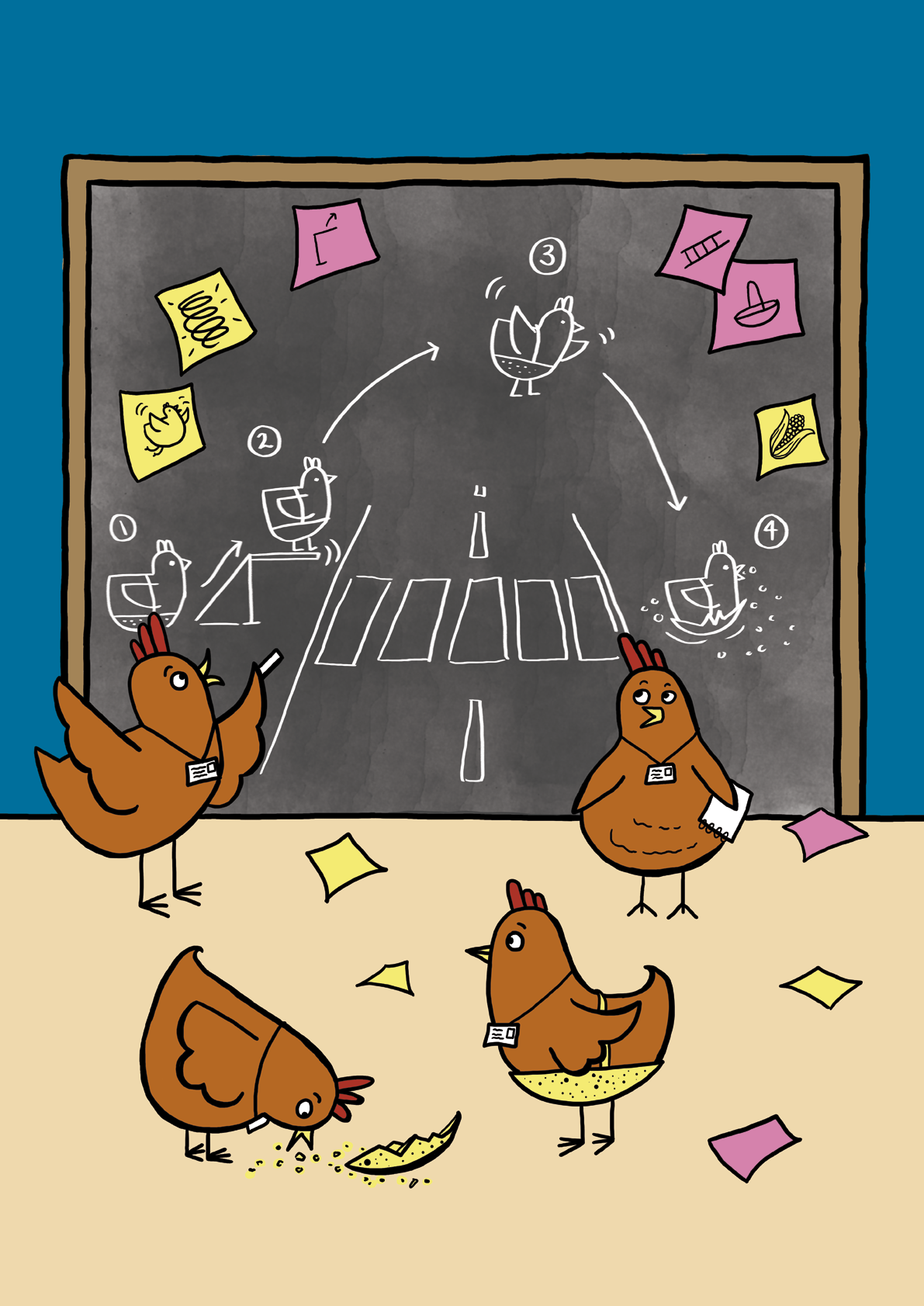 |
Gillian Hatcher - 2017 entrant Gillian’s composition portrayed her research story in a fun way; particularly apt given that humour was central to her research. |
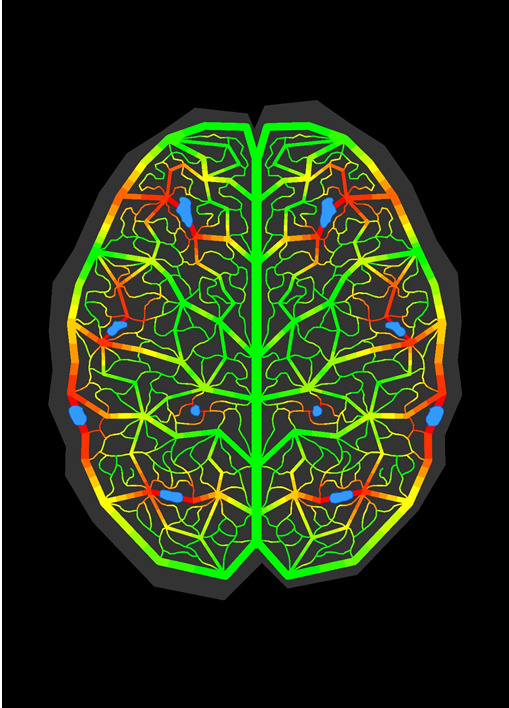 |
Antonio Pellicer Pous - 2019 entrant Antonio’s striking graphic cleverly illustrates the problem his research aims to solve, combining two key aspects in one image: decision-making and road congestion. |
|
Example of text allowed as integral part of image |
Example of text added to explain image (prohibited) |
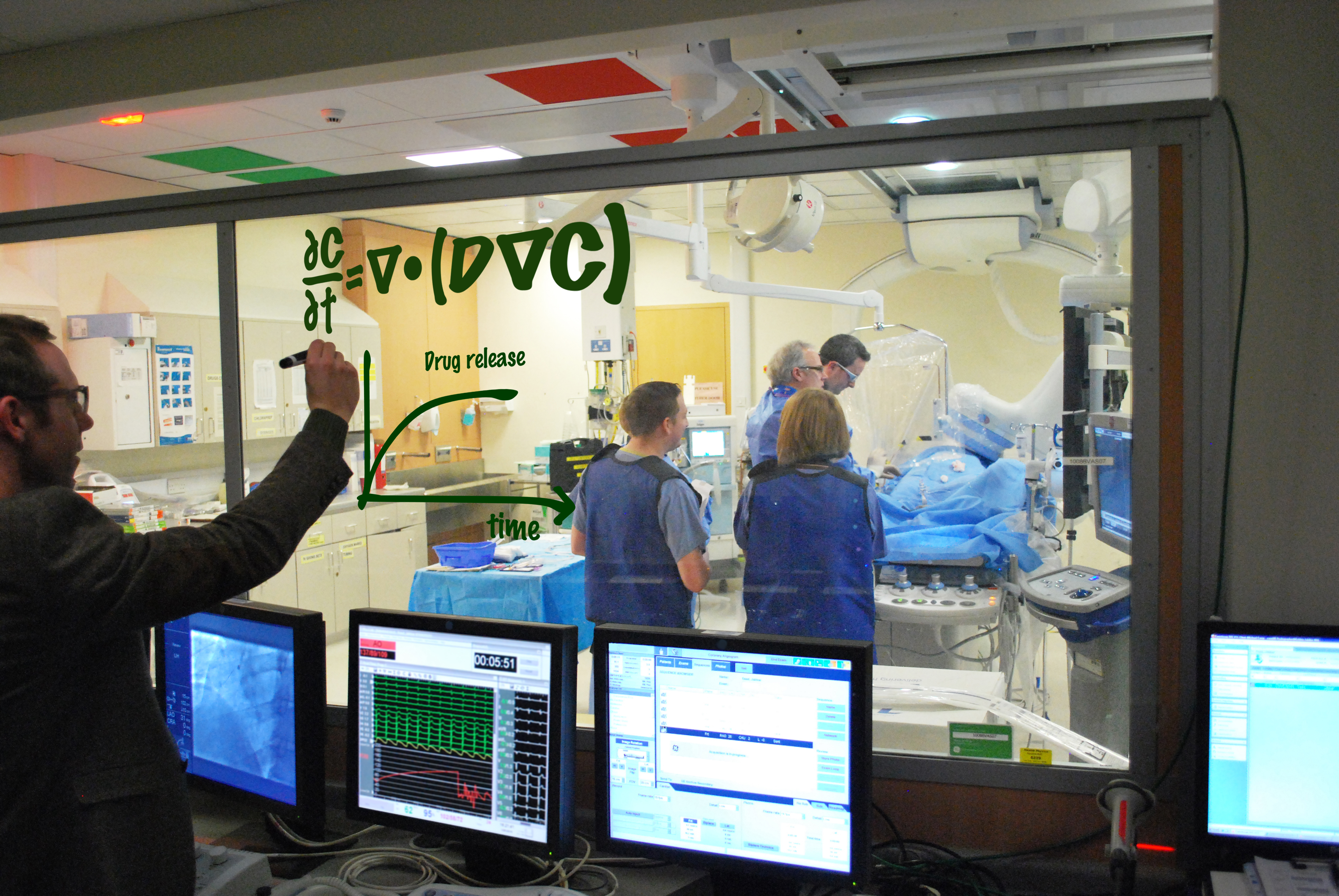 |
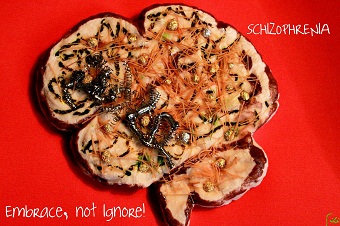 |

